You might be wondering why you need to create an SEO content brief before you start the writing process.
After all, can’t you just wing it and hope for the best?
Unfortunately, that’s not really an option if you want your content to rank high on Google.
An SEO content brief helps to ensure that your content is optimized and structured for the right keywords and phrases around your topic, helping to greatly increase your chances of ranking on Google.
Let’s break down the core elements of the content brief, and show you exactly how you can start to develop your own briefs for your writers.
Imagine that you’re tasked with going on a hunt to find hidden treasure.
What’s the one thing you’re taking with you?
You’re exactly right – a treasure map.
The content brief is your treasure map, and search rankings for the given topic is the treasure.
The content brief should be designed and laid out to give the content creator specific instructions on how to build the content keeping in mind both your target audience, as well as Google.
Building a content brief can be divided into three core sections:
A content brief is the granular level view of your overall content strategy representing a single piece of content you’re distributing to your target audience.
The purpose of a content brief is to provide all of the research up front to your writer so you’re building your page in a structured manner that will help it rank in Google.
If you’re not creating content briefs for your SEO efforts, you’re basically shooting in the dark.
We don’t like shooting in the dark – we like hitting the bullseye.
While this may seem like an unnecessary level of detail, taking the time to develop an SEO content brief can actually save you a lot of time and effort in the long run.
By clearly defining your objectives upfront, you can avoid having to make major changes later on.
In addition, an SEO content brief can help to ensure that your content is aligned with your overall marketing and SEO strategy.
As a result, it can be an invaluable tool for any business that is serious about improving its content marketing and SEO efforts.
Everyone likes to do things a little bit differently, and that’s ok.
Honestly, I have to preface this section a bit, as our team likes to think of ourselves as the content brief ninjas after creating well over 3,500+ content briefs in 2021 alone.
We eat, breathe, and sleep content – so we have a pretty strong opinion on what should all go into the recipe here to make the perfect map.
Let’s start with the basics, and make our way down the list:
Since we’re creating an SEO-focused content brief, this is the single most important factor you need to get right from the get-go to nail the rest of the process.
If you get the primary keyword wrong, everything else is going to be out of whack with your brief.
The primary keyword guides the entire content brief’s structure, and the following research is all built around this singular keyword and our topic at hand.
We’ve got our primary keyword, great. What’s next? We need to make sure we’ve done our due diligence and that the writer also understands these three core categories when writing:
If we build a piece of content around a primary keyword that doesn’t match Google’s intent – we’re most likely not going to rank.
The same goes for the searcher’s intent.
If we don’t understand what the user is trying to get by searching this query, we’re not going to answer the searcher’s intent, and even if the page ranks, we won’t be providing what the searcher is looking for.
Already familiar with keyword research? Great, you can move on.
Need a refresher on choosing this? We’ve got you covered in our Keyword Analysis 101.
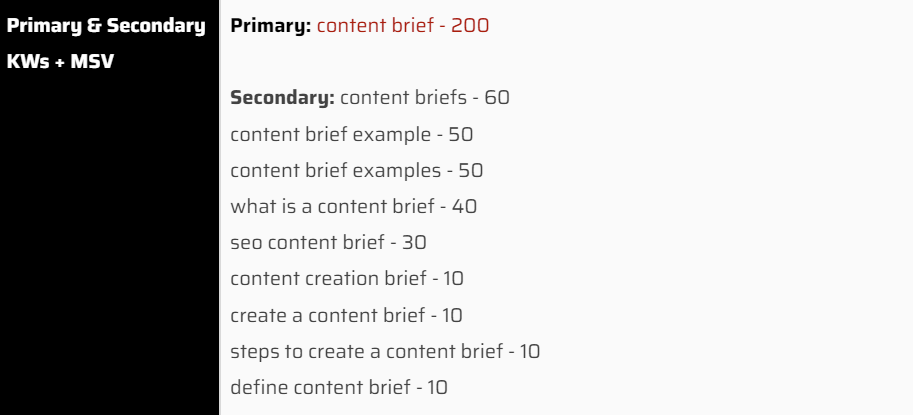
The secondary keywords are keywords that are related to your primary keyword and drive relevancy back to your topic and help your page to rank for additional related keywords or variations of the primary keyword.
This helps to create what we call the “organic traffic compounding effect”.
The organic traffic compounding effect or OTCE is when rather than just targetting the monthly search volume for our given primary keyword, we’re actively also working to drive traffic from other closely related keywords that Google has associated with the primary keyword we’ve chosen.
This oftentimes happens naturally, but when done in a well-researched manner, can have a HUGE impact on how much targetted traffic our content drives to the page.
Here’s a good example:
Imagine you’re offering technology consulting services as one of your business’s core service offerings.
You don’t only want to rank for “tech consulting services” but you also want to rank for similar queries such as:
and so forth.
Here’s an example of the top-ranking page in Google’s search results for the keyword “technology consulting services”
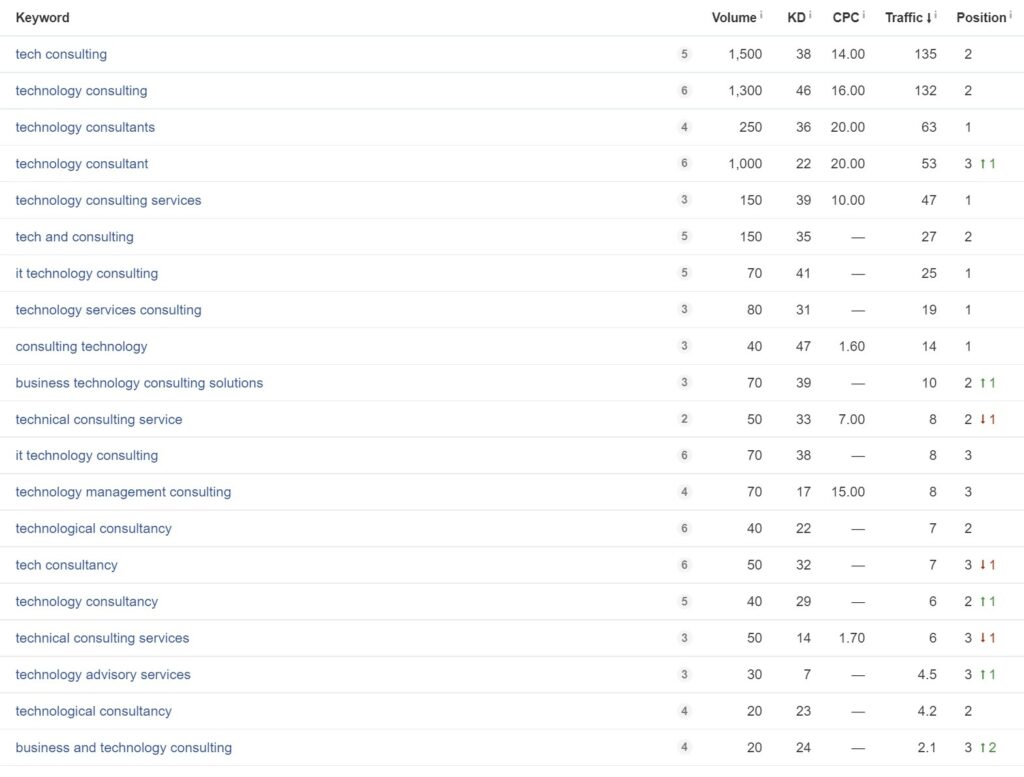
They’re not only ranking for the primary keyword, but they’re also targetting and ranking for secondary keywords as well.
According to Ahrefs, the term “technology consulting services” has a monthly search volume of 150 total searches.
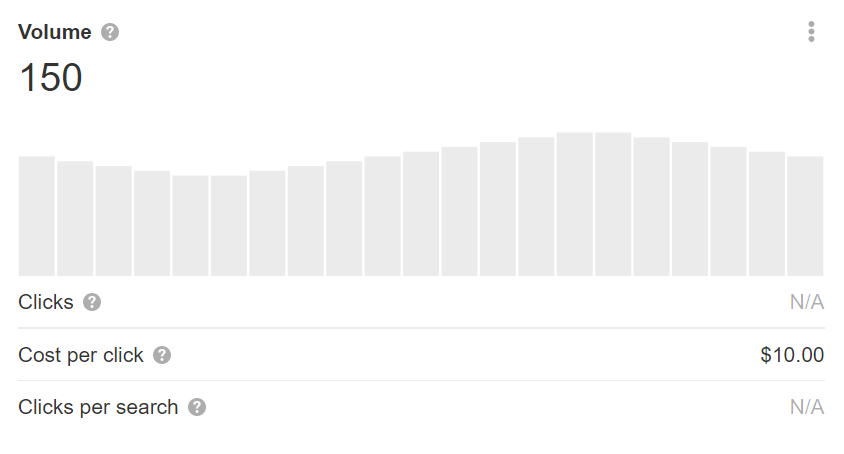
The example top ranking page is driving over 2.5k in organic traffic per month.

A page that used to have a few hundred visits per month in traffic volume now reaches over 2k per month by targetting related search queries and secondary keywords.
This is how you building an organic traffic compounding effect with your pages – structure, and secondary keyword targetting.
If you’re re-building an existing page that already has had search traffic, Google Search Console is going to be a goldmine for secondary keyword research.
Simply add a page filter from the top menu for your page:

And sort for keywords between positions 5-20 to pick-out relevant secondary keywords you can utilize naturally in your copy and content to help push these higher.

With that being said, a quick note on keywords.
Our goal with doing keyword research and including that in our content brief is not to give our writer a magic number of keywords to use to magically rank.
Remember – we’re focusing on building structure with our content brief.
We always want to be building natural content that is built for our target audience, not built for Google.
These four on-page SEO elements are some of the most powerful elements of your page, outside of the content itself.
We want to, if possible, use our primary keyword naturally in each of these on-page items while keeping the following factors in mind:

Three of these four factors are what’s going to appear in the search results – these are going to be a massive deciding factor whether someone clicks on your content vs. another result in Google’s SERPs.
Struggling to grow organic demos signups? Rock The Rankings is a top-ranked SaaS SEO Agency that helps SaaS businesses make organic their customer acquisition engine. We’ll create a free marketing plan for your business, and walk you through step-by-step exactly what needs to be done to grow faster.
Taking a good look at the competition and what’s ranking in Google for our primary keyword is a solid starting point to put us on the path to success.
The competition is the pages that are relevant to our pre-defined searcher intent and google intent.
These are the pages we want to beat out of the search results, so as you can imagine, it’s worth taking a look and what they’re doing right and how they’re doing it.
We want to include the top three rankings pages with a link to each post:

The purpose of including the competition and top-ranking pages is not to copy, re-write and regurgitate what already exists in the search results.
The real purpose of including this information in the content brief is to allow both quick access for the content strategist, as well as the writer to see this content and ensure you’re putting a spin and new angle on the content.
Look – there’s going to be essential information you want to convey in specific pieces of content, and that’s fine.
But we want to be focusing on two major points here:
If we’re not going into the process with this mindset, we’re setting ourselves up for failure.
Building content is a game of quality, not quantity.
Internal links are super important, and this is one thing that is missed in many content brief templates that are available online.
Internal links help us to interlink our content to ensure that we’re creating content silos.
Content silos help to push link value to all of our pages connected in the silo, helping to drive relevancy and rankings to our content.
Here’s how we like to spell it out in our content brief:
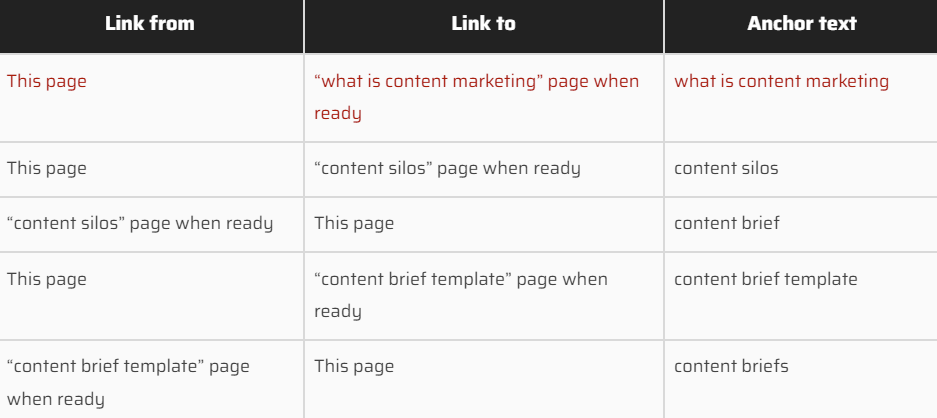
We provide the following guidance:
If a page is not yet created, we simply leave a task to go back at a later point once live and add the internal link.
Without internal links, our content strategy is going to be much less effective.
Within the content itself, we want to include structural guidance on which sections we want to include.
These are essentially sub-topics within the content that we want to cover.
On the page itself, these are typically H2, H3s, etc. to help add structure and meat to the content to support our initial topic as we dive in further:
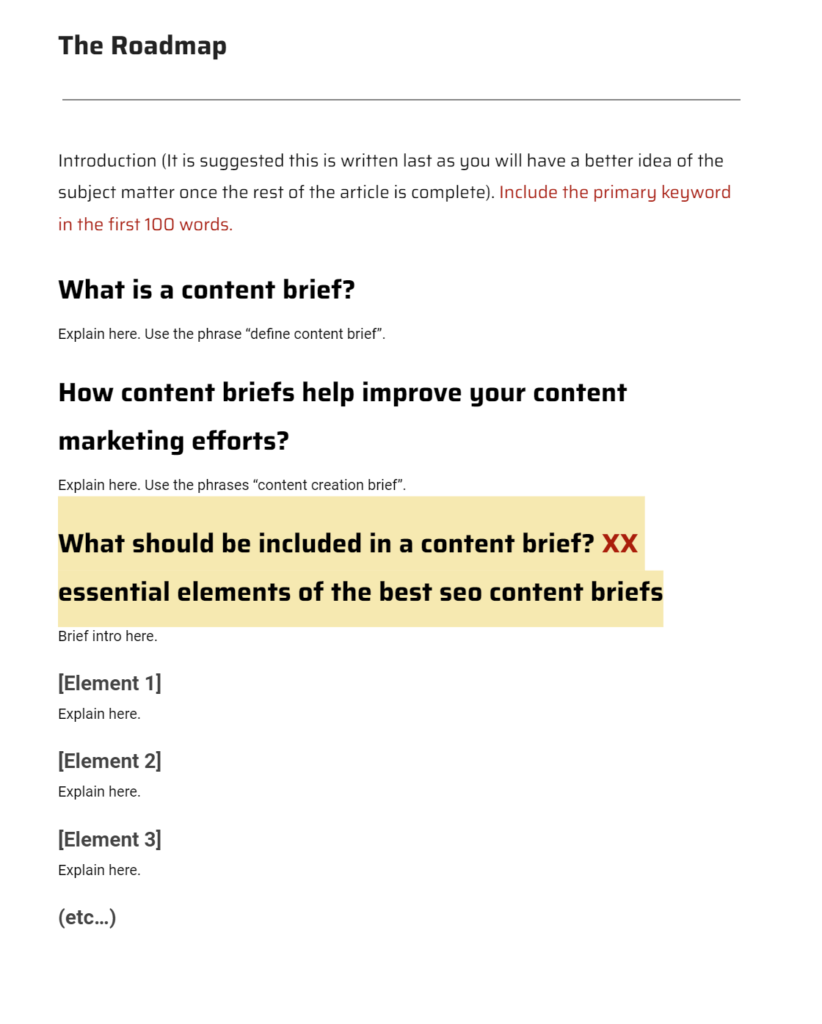
The roadmap of the content brief should come from:
This allows us to understand what Google expects to see for a given topic and allows us to build further a piece of content that is better than other content already out there.
Additionally, this allows us to focus on the organic traffic compounding effect where we’re building content around those secondary keywords above to include them in our contnet.
Written content is one big step in crafting A-grade content – but we can’t forget about the visuals.
Visuals are such a crucial element in crafting awesome content that readers actually enjoy reading, that they end up sharing with their colleagues and peers and that other businesses end up linking to as a resource because it’s just that damn good.
If you’re creating content, and not including visual guidance for a designer to pair up with the content, you’re basically missing out on more than half of what you could be getting out of your content when it comes to targetted traffic, social shares, and links.
Adding visuals to your content doesn’t mean googling for “stock images” and quickly adding some semi-relevant more than often over-used pre-existing images to your content.
Adding visuals means carefully crafting up unique, brand-matching imagery that showcases your content with the help of a rockstar designer.
Here’s a quick exercise – eyeball this for a second, and compare reading this article:
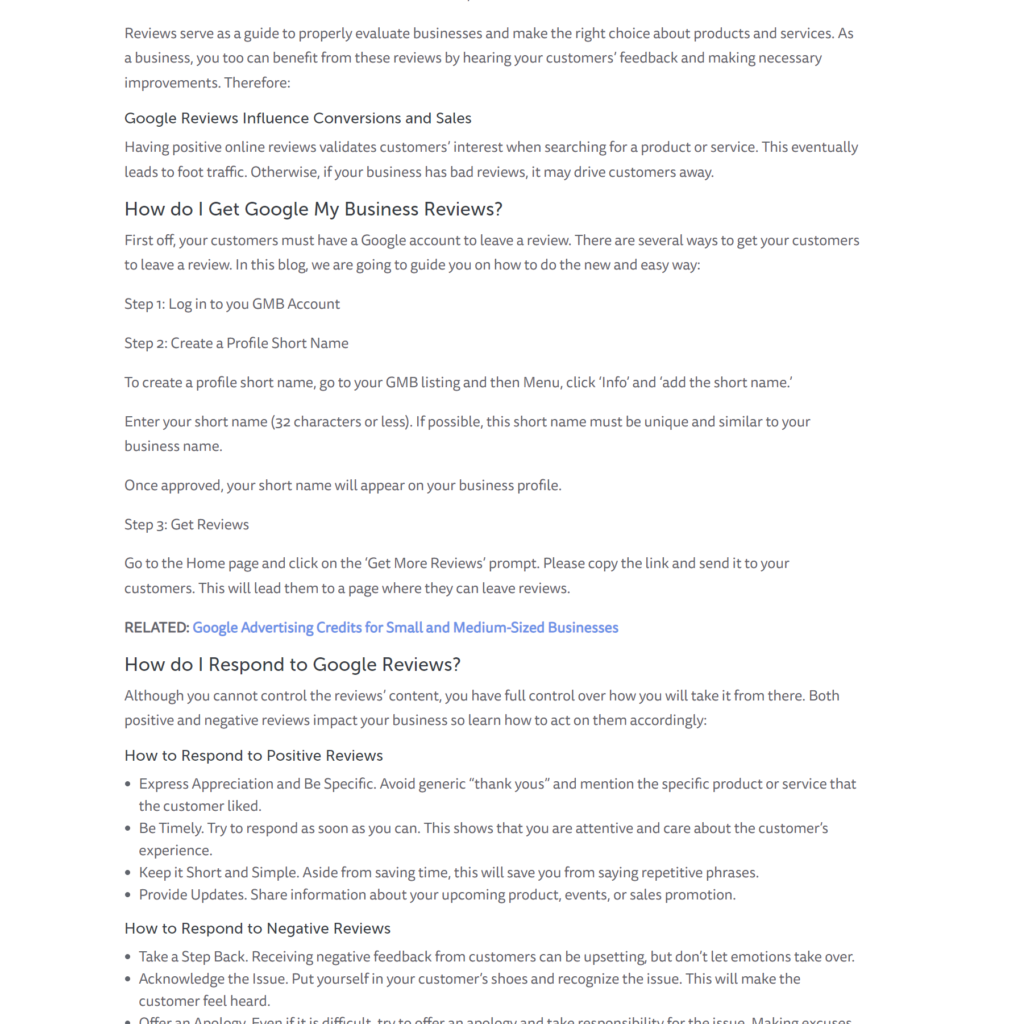
To reading this one:
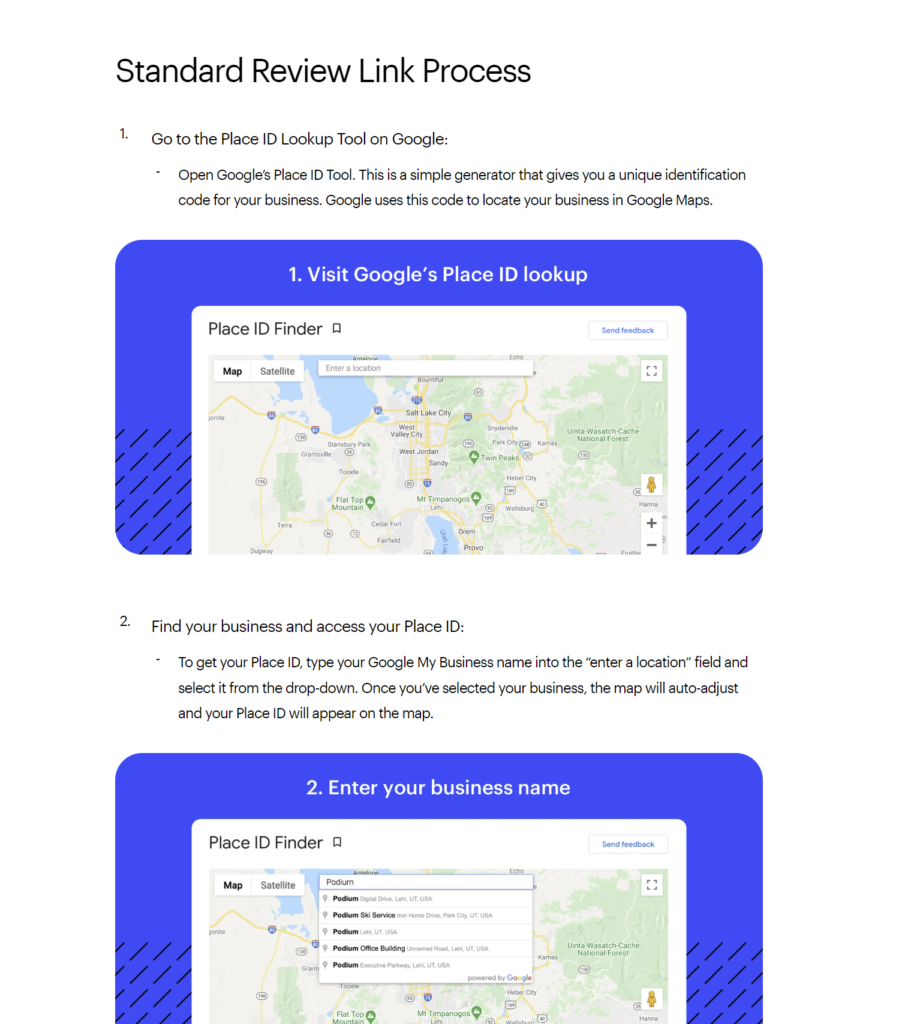
Which one do you think is more engaging for the user?
Point proven, moving on.
So how do we give proper guidance in the content brief for crafting and creating the right visuals?
Simple – we include descriptive inserts within the content brief outlining in each relevant section what type of visuals we need a design to whip up:
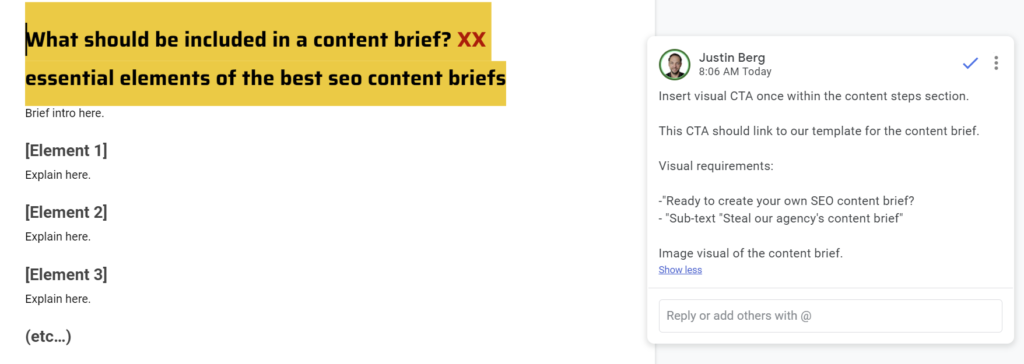
Once the content is created, then we can pass the draft and brief on to the designer to start visually matching up exactly what we need to make the content truly shine.
We predominately use three sources during the research phase and the initial content brief creation process:
If we’re creating content briefs for an established website (established meaning a solid base of content and targetted traffic), Google Search Console is typically a gold mine as laid out above.
A few additional tools we recommend using to take it up a notch further:
We use these tools as a “cherry on the top” at the end of the process.
They’re good to benchmark against competitors, and to add additional valuable content to your briefs.
Outside of these tools, there are also tools which provide “automated content brief creation”
At this point in time, AI and machine learning can’t create proper content briefs just yet.
Our content brief creation process is all done manually.
You can use these tools to create a high-level brief, but they typically can’t handle items such as:
These tools can be a good way to get going, but typically they can’t hit the more in-depth and difficult parts of the brief creation process
If you want to build winning SEO content briefs, it’s best to train up and handle it yourself.
Content briefs build structure for your writers to know exactly what they’re going after when crafting up content.
They also help to ensure that you’re building content based on data-driven research and not shooting in the dark by just building content that you think will actually rank in search.
Your content writers will thank you.
Your audience will thank you.
Google will reward you.
What else could you want?
That’s a wrap on the content brief.
Founder of Rock The Rankings, an SEO partner that helps B2B SaaS brands crush their organic growth goals. An avid fan of tennis, and growing micro-SaaS businesses on the weekend. 2x SaaS Co-Founder – Currently working to build and scale Simple Testimonial.
Sorry, no posts matched your criteria.
Book a 1-on-1 intro call with our founder that includes a FREE custom marketing plan. Start growing faster, today.